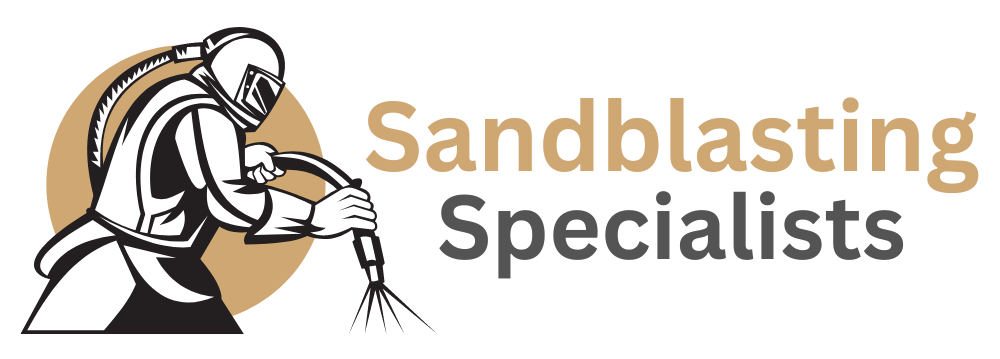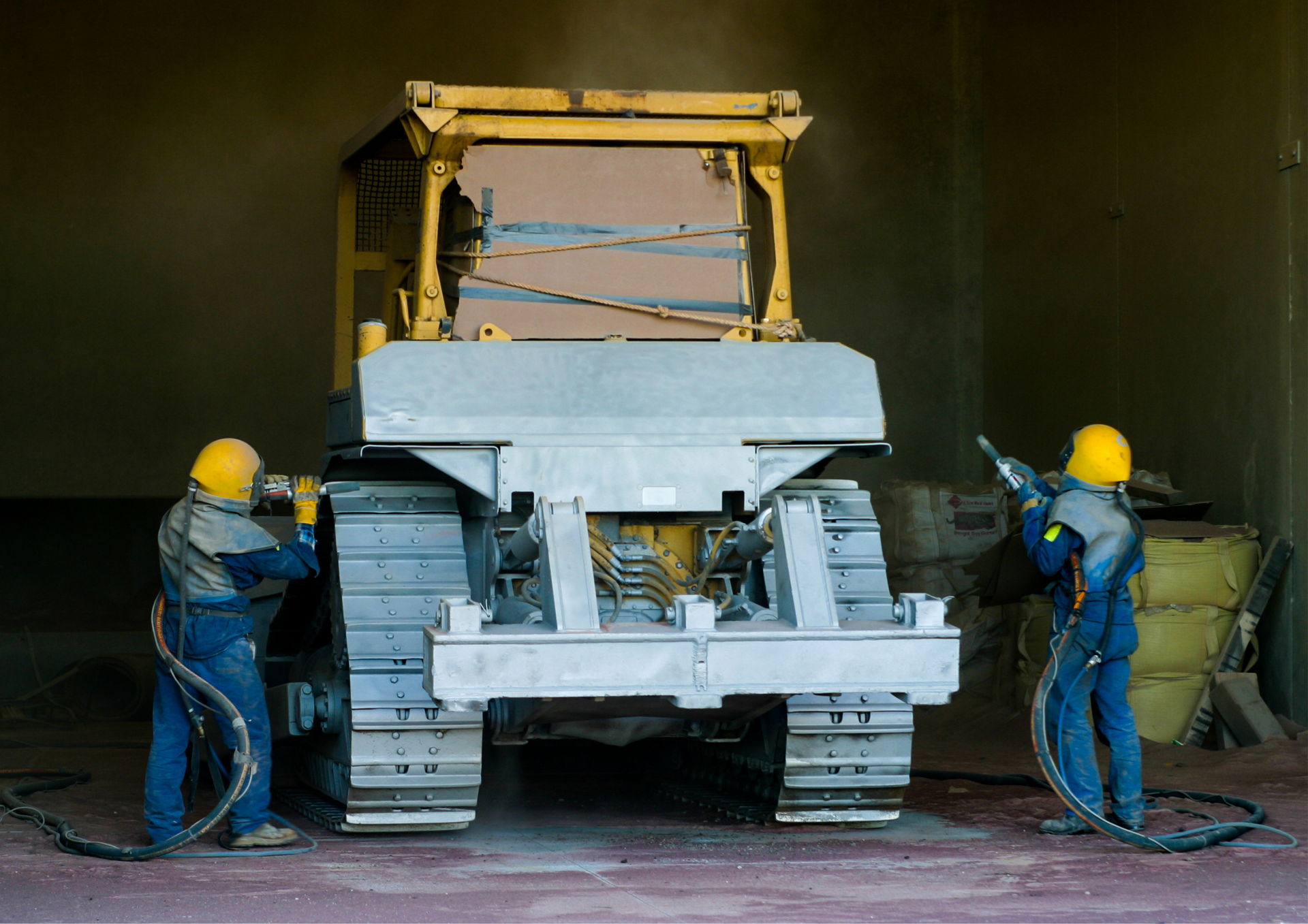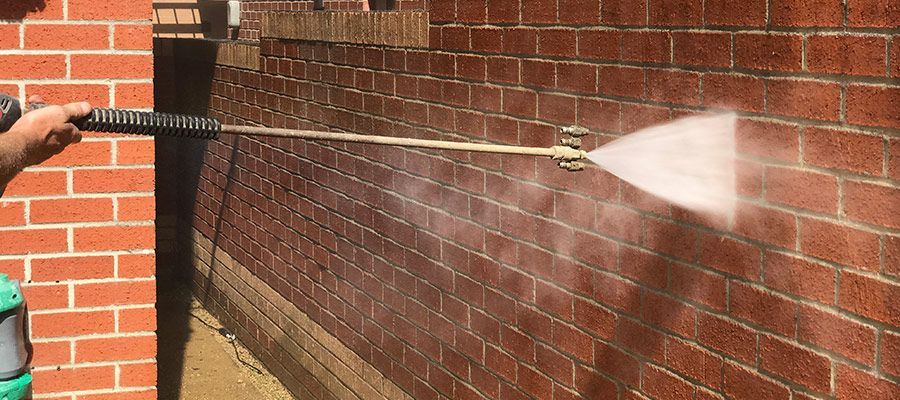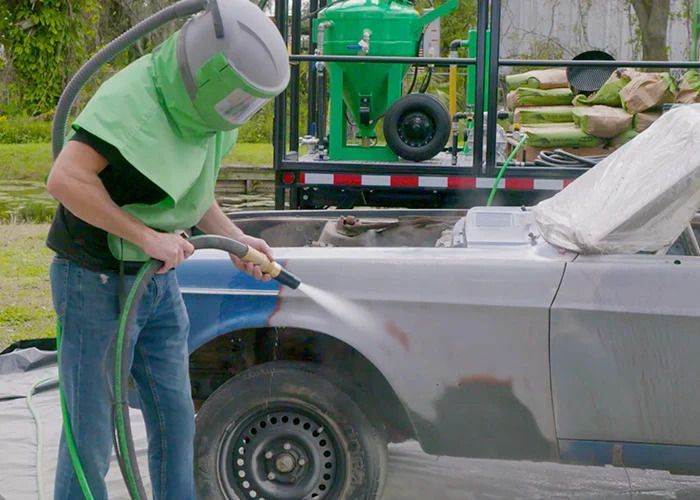Custom Sandblasting: Tailoring Services to Your Project Needs
Sandblasting has emerged as a critical technique in surface preparation and restoration. Its versatility, efficiency, and effectiveness make it indispensable across various industries, from automotive to construction. However, not all sandblasting projects are created equal. Each project comes with its unique set of challenges and requirements, necessitating customised solutions. This blog explores how tailored sandblasting services can address specific project needs, ensuring optimal results.
Understanding Sandblasting: An Overview
Sandblasting is a process where fine particles are forcibly propelled against a surface to clean, smooth, or etch it. The abrasive particles, typically made of sand, aluminium oxide, or glass beads, remove unwanted materials like paint, rust, or grime. The technique's adaptability makes it suitable for various surfaces, including metal, wood, brick, and concrete.
The Need for Customisation in Sandblasting
No two sandblasting projects are the same. Factors such as the type of surface, the extent of cleaning required, the desired finish, and environmental considerations all play a role in determining the approach. Customised sandblasting solutions are essential for addressing these variables effectively. Here's why customisation matters:
1. Surface Sensitivity: Different materials react differently to sandblasting. Metal surfaces may require a more aggressive approach, while wood or delicate masonry needs a gentler touch to avoid damage.
2. Project Scale: The size and scope of the project dictate the equipment and techniques used. Large-scale industrial projects might need heavy-duty machinery, while smaller, intricate tasks benefit from precision tools.
3. Environmental Concerns: Some projects may be in sensitive environments where dust suppression or containment is crucial. Custom solutions ensure compliance with environmental regulations and minimise impact.
4. Desired Outcome: Whether the goal is achieving a smooth finish, preparing a surface for painting, or creating a textured effect, the end goal influences the choice of abrasive material and method.
Customised Sandblasting Solutions: Key Components
Creating a tailored abrasive sandblasting solution involves several key components. Understanding these elements helps in crafting an approach that meets specific project needs.
1. Selection of Abrasive Materials
The choice of abrasive material is critical. Different abrasives offer varying degrees of hardness and abrasiveness. For example:
- Silica Sand: Commonly used but poses health risks due to silica dust.
- Aluminium Oxide: Durable and reusable, ideal for tougher surfaces.
- Glass Beads: Provide a smoother finish, suitable for delicate surfaces.
- Crushed Glass: Environmentally friendly and effective for heavy-duty cleaning.
- Steel Grit: Aggressive and ideal for removing rust and paint from steel surfaces.
2. Equipment and Techniques
The type of equipment and sandblasting technique is chosen based on the project's requirements. Common techniques include:
- Dry Sandblasting: Uses air pressure to blast abrasive material. Suitable for most projects but creates dust.
- Wet Sandblasting: Mixes water with abrasive to reduce dust and clean surfaces. Ideal for environments where dust control is crucial.
- Vapour Blasting: Uses a combination of water, abrasive, and compressed air. Offers a cleaner process with less dust and a finer finish.
3. Safety Measures
Customised solutions also prioritise safety. Proper protective gear, dust control systems, and containment strategies are essential to protect workers and the environment.
Industry Applications of Customised Sandblasting Solutions
Custom abrasive blasting solutions are applicable across various industries, each with unique requirements.
1. Automotive Industry
In the automotive industry, automotive sandblasting is used for paint removal, rust cleaning, and surface preparation. Customised solutions ensure that delicate car parts are not damaged during the process. For example, using softer abrasives like glass beads can protect the underlying metal while effectively removing paint and rust.
2. Construction and Restoration
In construction and restoration, sandblasting is employed to clean and restore buildings, bridges, and other structures. Customised approaches are essential to handle the diverse materials encountered, from concrete to brick and stone. Wet sandblasting is often used to minimise dust and protect the surrounding environment.
3. Marine Industry
The marine industry relies on sandblasting for hull cleaning and maintenance. Custom solutions are necessary to handle the varying conditions of marine environments, such as saltwater exposure and biofouling. Abrasives like steel grit are commonly used to remove heavy rust and marine growth.
4. Manufacturing
Manufacturing industries use industrial sandblasting for surface preparation and finishing of products. Custom solutions ensure the right abrasive and technique are used to achieve the desired surface texture and cleanliness, which is essential for processes like painting or coating.
Tailoring Sandblasting Solutions: Case Studies
Let's look at a few case studies highlighting the importance of customised sandblasting solutions.
Case Study 1: Historic Building Restoration
A historic building required restoration. The goal was to remove decades of grime without damaging the underlying stonework. A customised wet sandblasting solution using crushed glass abrasive was chosen. This method effectively cleaned the surface while minimising dust and preserving the stone's integrity.
Case Study 2: Industrial Equipment Maintenance
An industrial facility needed to maintain its machinery, which had accumulated rust and old paint. A dry sandblasting approach with aluminium oxide was selected for its durability and effectiveness in heavy-duty cleaning. The result was a clean, smooth surface ready for repainting.
Case Study 3: Marine Vessel Refurbishment
A marine vessel required hull cleaning to remove biofouling and rust. A customised vapour blasting technique was employed, combining water and steel grit. This method provided efficient cleaning with reduced dust, protecting the marine environment.
The Future of Sandblasting: Innovations and Trends
The sand blasting industry is continually evolving, with innovations aimed at improving efficiency, safety, and environmental sustainability.
1. Eco-friendly Abrasives
The development of eco-friendly abrasives is a significant trend. Materials like recycled glass and organic media (e.g., walnut shells) offer effective cleaning while reducing environmental impact.
2. Automation and Robotics
Integrating automation and robotics in sandblasting processes enhances precision and efficiency. Automated systems can handle repetitive tasks, reduce labour costs, and improve safety by minimising human exposure to hazardous materials.
3. Enhanced Dust Control
Advancements in dust control technologies are making sandblasting safer and more compliant with environmental regulations. Innovations like enclosed sandblasting systems and improved ventilation are reducing dust emissions and protecting workers.
Customised grit blasting solutions are essential for addressing the diverse needs of various projects. By selecting the right abrasive materials, equipment, and techniques, professionals can achieve optimal results while ensuring safety and environmental compliance. As industries continue to evolve, so too will the methods and technologies used in sandblasting, paving the way for even more efficient and sustainable practices.
At Sandblasting Specialists, we pride ourselves on delivering tailored sandblasting solutions that meet the unique requirements of each project in Leeds and Bradford area. Our team of experienced professionals uses the latest techniques and equipment to ensure high-quality results. Whether it's automotive restoration, construction cleaning, or industrial maintenance, we provide customised services that guarantee satisfaction. Trust us to handle your sandblasting needs with expertise and precision.
Check out our latest GBP update about custom sandblasting.



